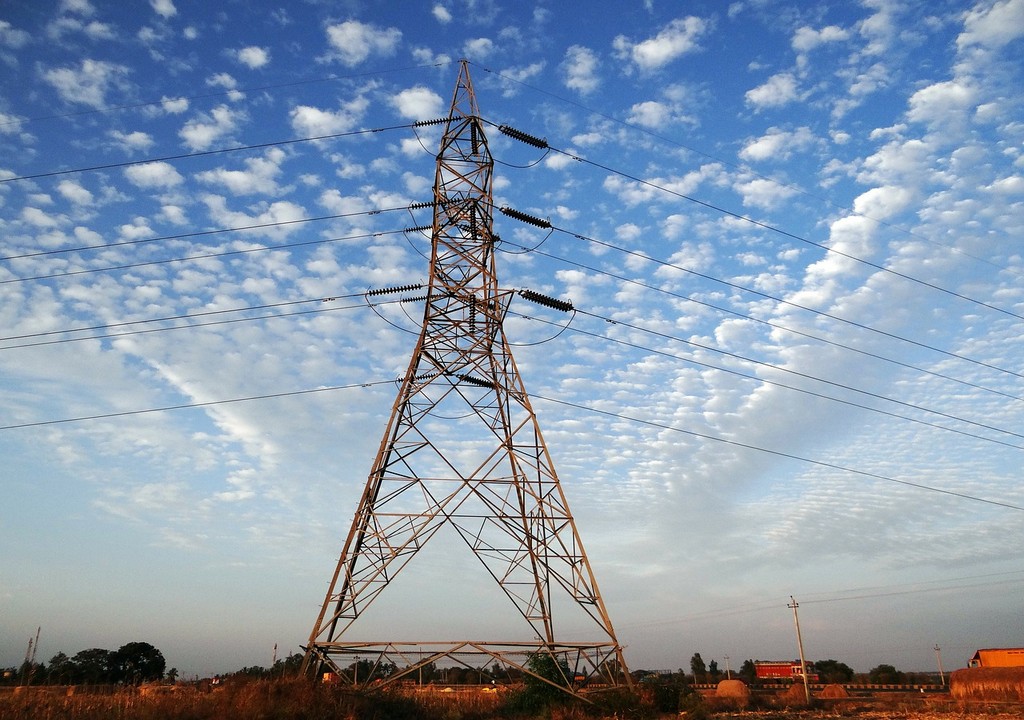Gov’t to consider third parties in transmission projects
- January 29, 2024
- 0

The government calls on the Department of Energy (DOE) and the Energy Regulatory Commission to consider granting third parties access to establish transmission projects.
Manila Standard reported that the call made by President Ferdinand Marcos Jr. happened during the switch-on of the Mindanao-Visayas Interconnection Project (MVIP), with hopes that the Western Visayas power outage would not recur.
Marcos Jr. emphasized the necessity for the DOE and the Energy Regulatory Commission (ERC) to consider engaging third-party entities in developing transmission projects. This approach is crucial to meeting the evolving energy requirements of the country as it emerges from the pandemic-induced economic conditions.
The chief ex
He further stressed that interconnection projects like the MVIP would aid the growing economic development, as ‘One Nation, One Grid’ is a key factor in establishing stable power flow.
Further
The government is also looking forward to the full operation of the 500 kilovolt (kV) Hermosa-San Jose transmission lines this February and the 230 kV Cebu-Negros-Panay Backbone Project this March.
The MVIP, worth Php 52 billion, aims to secure the country’s power supply by distributing power resources among the three major islands. This will be done through a 184-circuit-kilometer High-Voltage Direct Current (HVDC) submarine transmission line and 526-circuit-kilometer overhead lines that connect the Mindanao and Visayas grids.
These lines run across Dapitan, Zamboanga del Norte to Santander, Cebu, with a designed capacity to accommodate 450 megawatts (MW) of electricity.